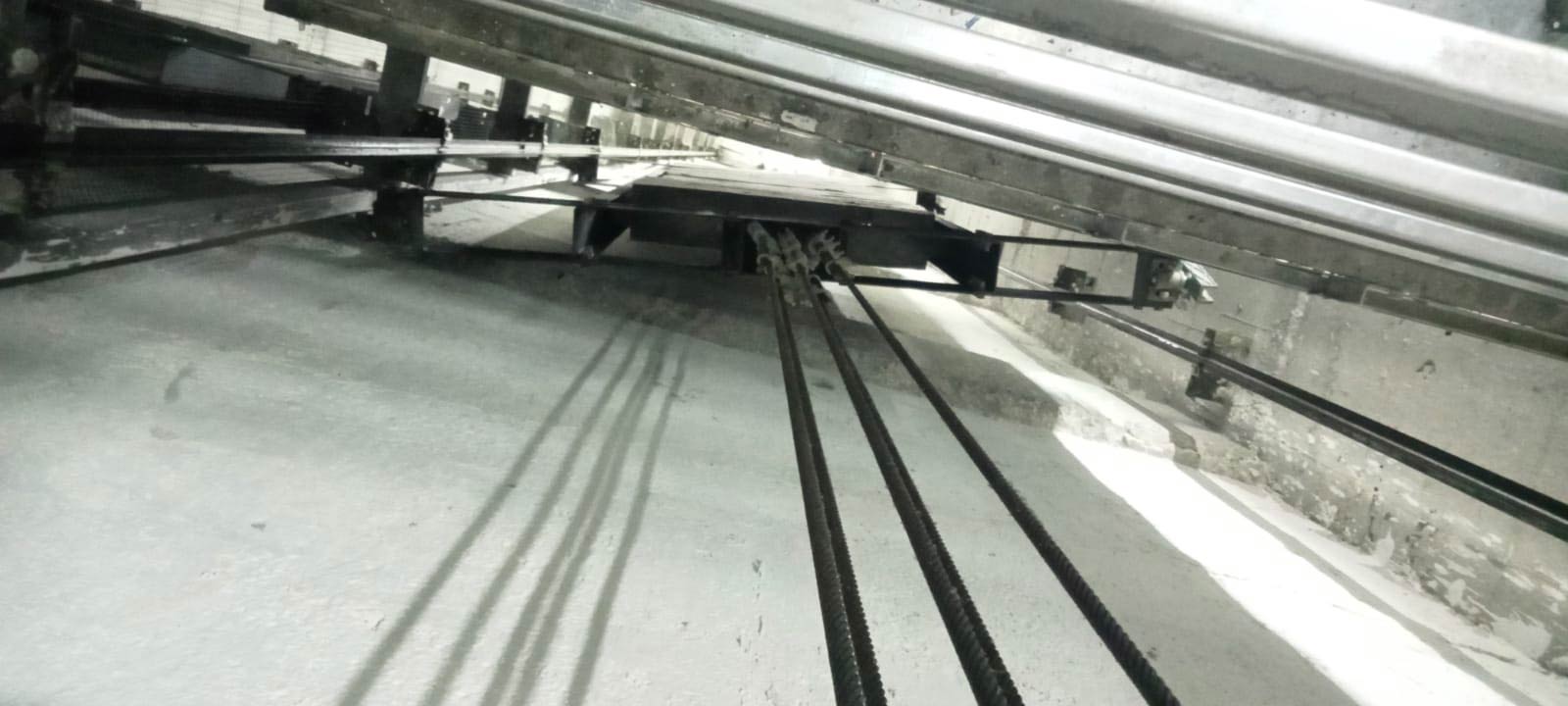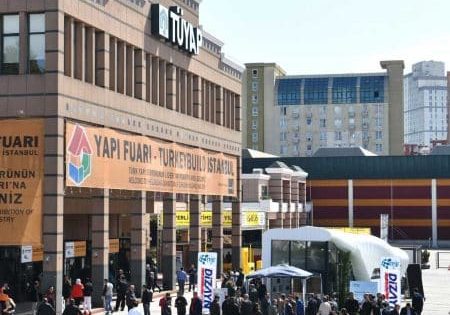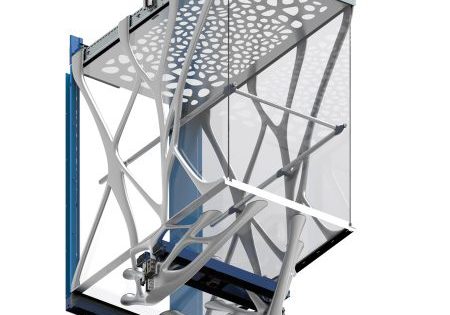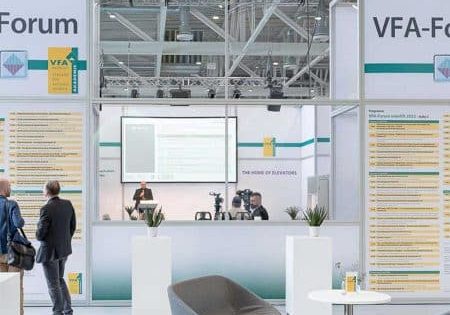The region impacted by earthquakes with magnitudes 7.7 and 7.6 that occurred in Pazarcık and Elbistan districts of Kahramanmaraş on 6 February 2023 was visited by the Board of Directors of the Turkish Elevator Industrialists’ Federation (TASFED) between 19-22 February 2023.
submitted by TASFED
Industry and Technology Specialist Mustafa Gürel from the Directorate General for Industry attended on behalf of the Ministry of Industry and Technology. The details of the report were as follows:
Information on the industry and lifts was received in the cities visited to support our colleagues and make examinations in the earthquake region. The visited cities included Kayseri, Adıyaman, Elazığ, Diyarbakır, Gaziantep, Kahramanmaraş and Mersin. Companies that provide installation and maintenance services, manufacturing factories and the lifts that were damaged by the earthquake and could be accessed were examined during the visit.
The counterweights were separated from the guide rails, especially in positions where counterweight slings were on the well, due to the vibrations in the earthquake region and the nearby cities. The counterweight went off the rails when the lift ran and came into collision with the car, causing damage. And counterweights were displaced due to the bending of sling rods that fell onto the car.
It was observed that there was a lack of infrastructure, especially in Hatay, Adıyaman and Kahramanmaraş where the earthquake’s destructive effect was felt the most. The buildings of lift installation/maintenance companies and A-type examination organizations collapsed, and problems in communication with the Provincial Directorates of Industry were experienced.
The psychological impacts of the earthquakes have cast a long shadow on lift installers and authorized service personnel, as they were struck by successive earthquakes while they were working. So, maintenance personnel has held back from working.
Also, personnel either left the cities in regions with high earthquake risk due to safety reasons or did not go to work because they needed to care for their families. Regarding the earthquake region and the nearby cities, when the earthquake sensors are enabled, they should reactivate the lifts. However, providing this service takes ages since the sensors of hundreds of lifts are enabled at the same time. And due to the successive earthquakes that occurred before all of the lifts were reactivated, it is not possible for lifts to operate continuously.
According to meetings with company officials that assemble lifts and their authorized services, it was seen that they had concerns about being legally liable in case of death or injury caused by using the lifts, especially during or after an earthquake. Therefore, they demand that using lifts be forbidden particularly in Hatay, Adıyaman and Kahramanmaraş for one month.
It was also observed that the manufacturing companies could not start working due to the deficiencies in infrastructure, transportation and/or energy, and because workers were struggling after the earthquake or had left the city. Despite slight visible damages, it was realized that the counterweights slipped from their positions. Thus, it will take time to perform maintenance and adjust settings to reactive the machines.
Another problem for companies is commercial concern. The fact that there will be assembly and maintenance work for lifts in buildings built in the future will provide somewhat of a business opportunity for companies that experienced a loss in business because worksites discontinued assembly and buildings with continuing maintenance work broke down. However, these new works should be carried out by the local companies, not by companies from other regions.
Another important issue expressed by the companies is if the documents will be able to be settled for the payment of debts commercially and the possible difficulties experienced by companies in the region.
They are also worried about where to get information about the safety of platforms that carry the machine table in engine rooms and how to detect the situation of the well walls.
Since the system of QR codes, which are attached to the buildings inspected by the Ministry of Environment, Urbanisation and Climate Change to give information on the damage situation of buildings, does not operate, it is not possible to get information on the buildings’ status. It will be difficult to detect whether buildings that need to undergo maintenance have light or heavy damage in the next stage.
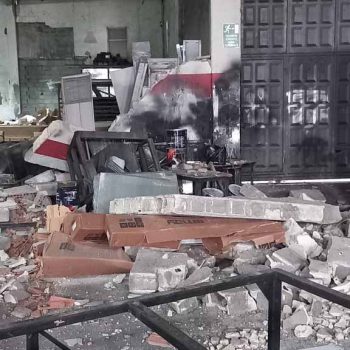
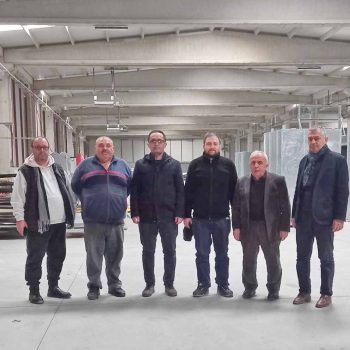
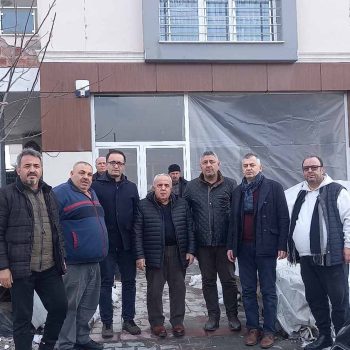
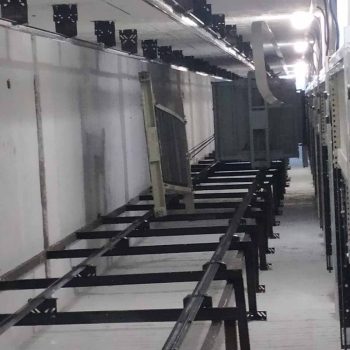
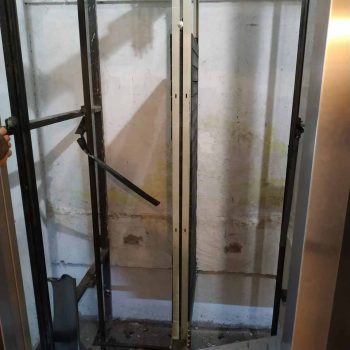
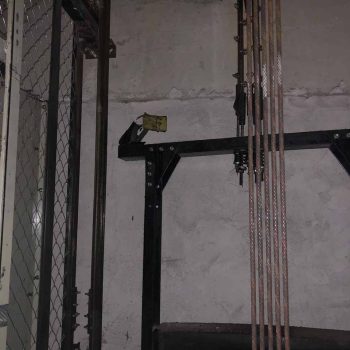
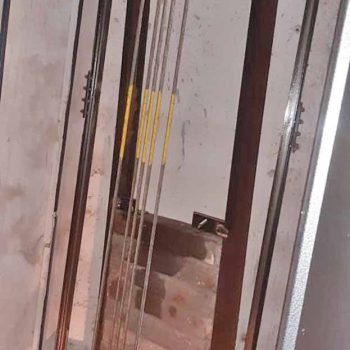
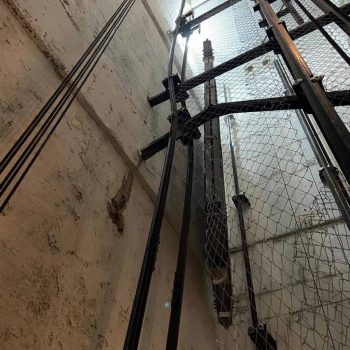
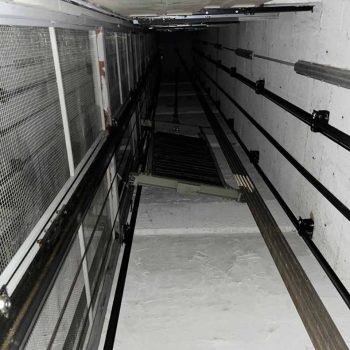
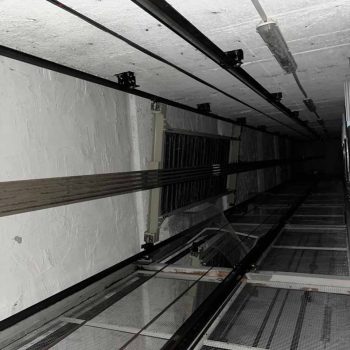
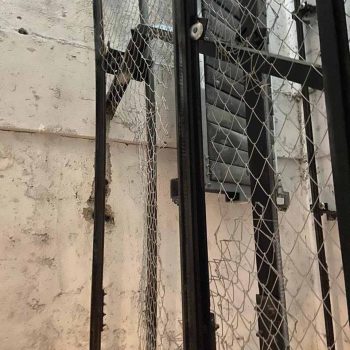
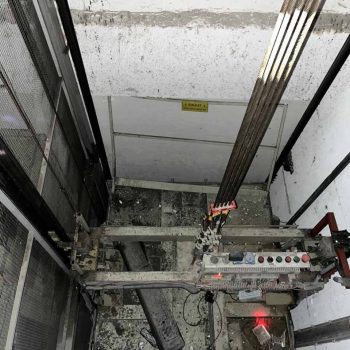
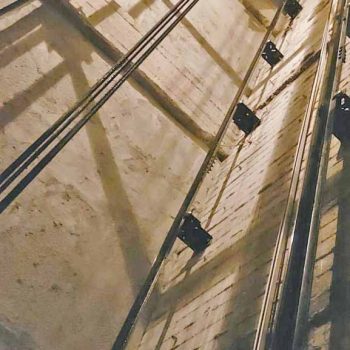
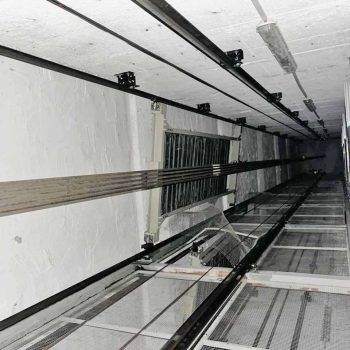
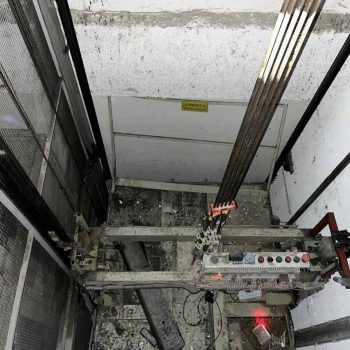
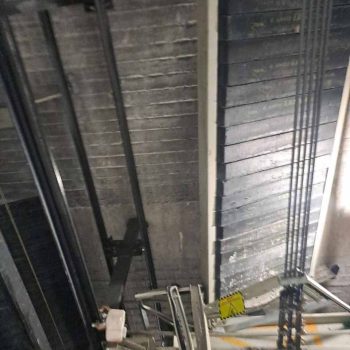
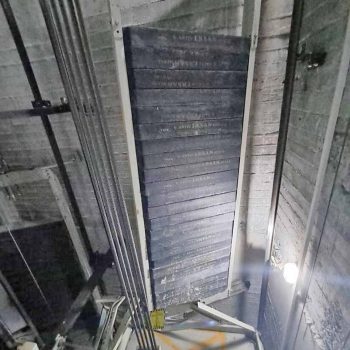
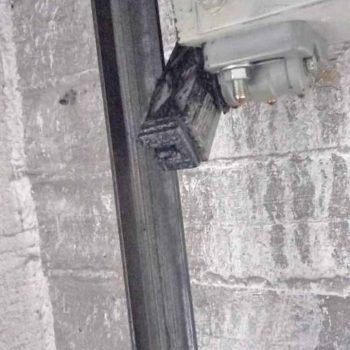
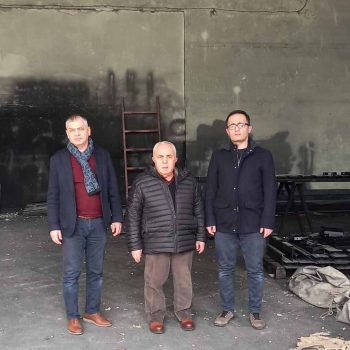
Conclusion
The most important factor in the structural design in our country is certainly earthquakes. Lift safety is a subject as important as earthquake safety in terms of the lives of people who are in a lift struck by an earthquake and relieving the damage or reconstruction cost after an earthquake.
In terms of the safety of life and property, it is of great importance to take necessary measures by performing risk analyses on current lifts and especially the lifts that will be renewed — due to the damages — and put back into service, and the lifts to be newly assembled in the first and second seismic belt. For that purpose, it is obvious that providing information in the safety rules for construction and assembly of lifts — special practices for passenger and goods lifts — Section 77: Standard for lifts subject to seismic conditions TS EN 81-77 becomes more of an issue. The seismic category of lifts should also be specified in the building license stage through amendments in the planned bylaws.
It should also be ensured that necessary precautions are taken to avoid the negative impacts of earthquakes in both the new lifts to be constructed and the existing ones, through revising all legislation on lifts.
Including the conditions of using electrostatically painted cars, floor and car doors instead of the ones manufactured from stainless materials and not using the imported stainless nickel-chromium materials in lift specification for buildings to be constructed by TOKİ and official institutions and organizations in earthquake regions will contribute to our economy. A separate cost analysis will be shared on this subject.
Get more of Elevator World. Sign up for our free e-newsletter.
